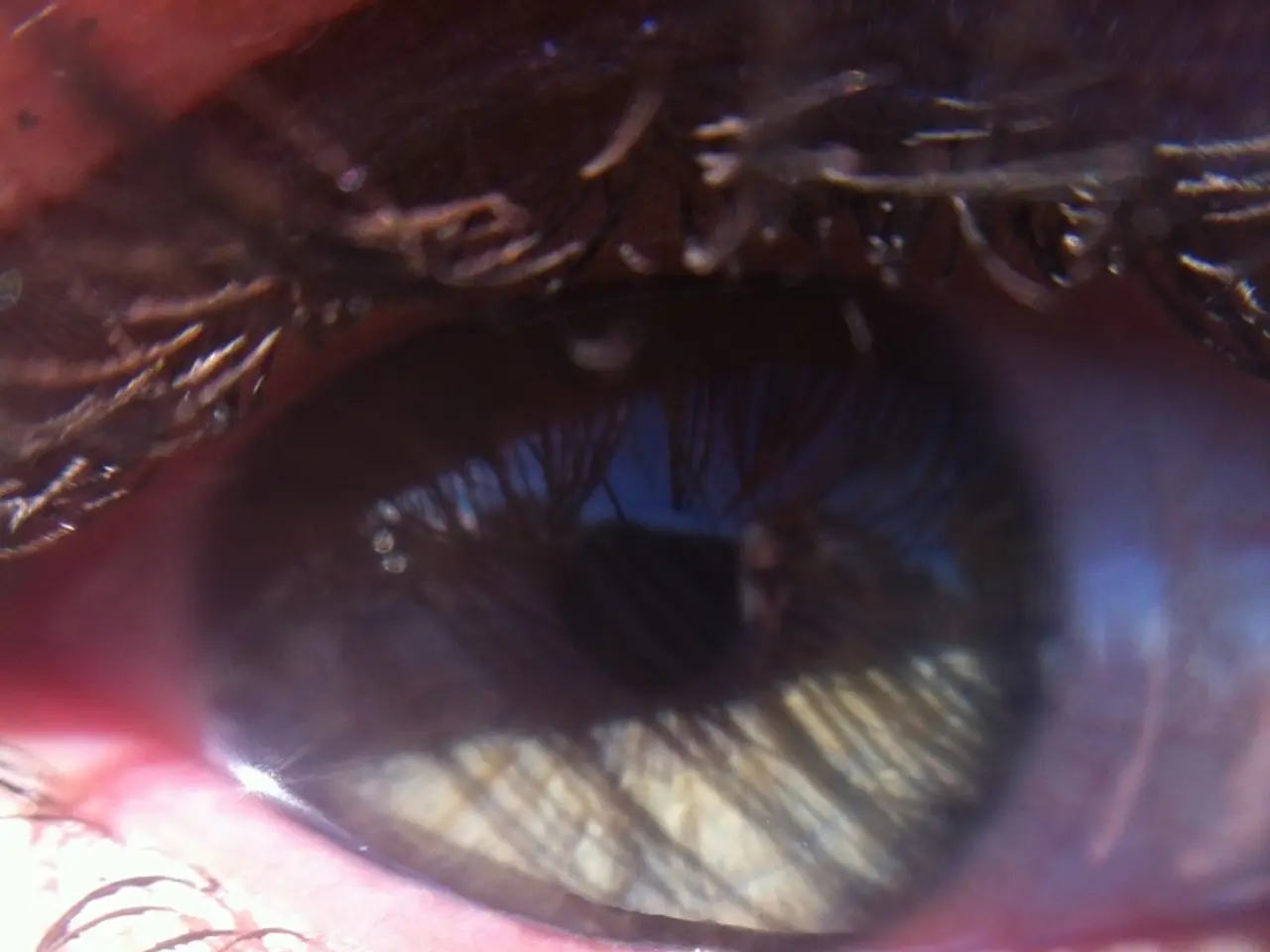Symptoms, causes, and additional information on Horner's syndrome
Third-order Horner's syndrome, also known as postganglionic Horner's syndrome, is a relatively uncommon condition that affects the sympathetic nerve pathway distal to the superior cervical ganglion. This condition typically affects the nerves traveling along the internal carotid artery to the eye.
Causes of Third-Order Horner's Syndrome
The causes of third-order Horner's syndrome are varied. Some of the common culprits include internal carotid artery dissection or injury, tumors or masses along the carotid artery or at the skull base, trauma or surgical procedures involving the neck, skull base, or upper chest, and less commonly, neurovascular lesions or infections that affect these sympathetic fibers.
Internal Carotid Artery Dissection or Injury
One of the significant causes of third-order Horner's syndrome is internal carotid artery dissection or injury. This condition can present with Horner's syndrome along with other neurological symptoms.
Tumors or Masses
Tumors or masses, such as thyroid tumors or neck tumors, can compress the postganglionic sympathetic fibers, leading to third-order Horner's syndrome.
Trauma or Surgical Procedures
Trauma or surgical procedures involving the neck, skull base, or upper chest can damage the sympathetic nerves, resulting in third-order Horner's syndrome.
Less Common Causes
Neurovascular lesions or infections that affect these sympathetic fibers are less common causes of third-order Horner's syndrome.
Treatment Options
The treatment for third-order Horner's syndrome focuses primarily on addressing the underlying cause.
Carotid Artery Dissection
If the cause is due to carotid artery dissection, treatment typically involves anticoagulants and sometimes steroids, as demonstrated by symptom resolution in a case of dissection treated this way.
Tumors or Masses
For tumors or masses, surgical resection or oncological treatment is indicated.
Trauma or Surgery
In cases related to trauma or surgery, management is supportive and aimed at nerve recovery if possible.
Classical Clinical Signs
The classical clinical signs of third-order Horner's syndrome include ptosis (drooping eyelid), miosis (constricted pupil), and anhidrosis (lack of sweating) on the affected side of the face. Postganglionic lesions often spare facial sweating because the sudomotor fibers branch earlier from the pathway.
In summary, third-order Horner's syndrome is often caused by internal carotid artery problems, tumors at the skull base or neck, or trauma, with treatment directed at the underlying pathology to achieve resolution. Anyone experiencing symptoms of Horner's syndrome should seek medical attention for a formal diagnosis.
- Obesity, a risk factor for several medical-conditions, can contribute to the development of third-order Horner's syndrome due to the increased probability of internal carotid artery diseases associated with excessive weight.
- With advancements in science and health-and-wellness, predictive models are being developed to help identify individuals at higher risk of developing third-order Horner's syndrome, potentially leading to early intervention and treatment.
- Neurological disorders such as Parkinson's disease and multiple sclerosis have been observed to occasionally present with third-order Horner's syndrome, further underscoring the complex relationships between various medical-conditions and the nervous system.




